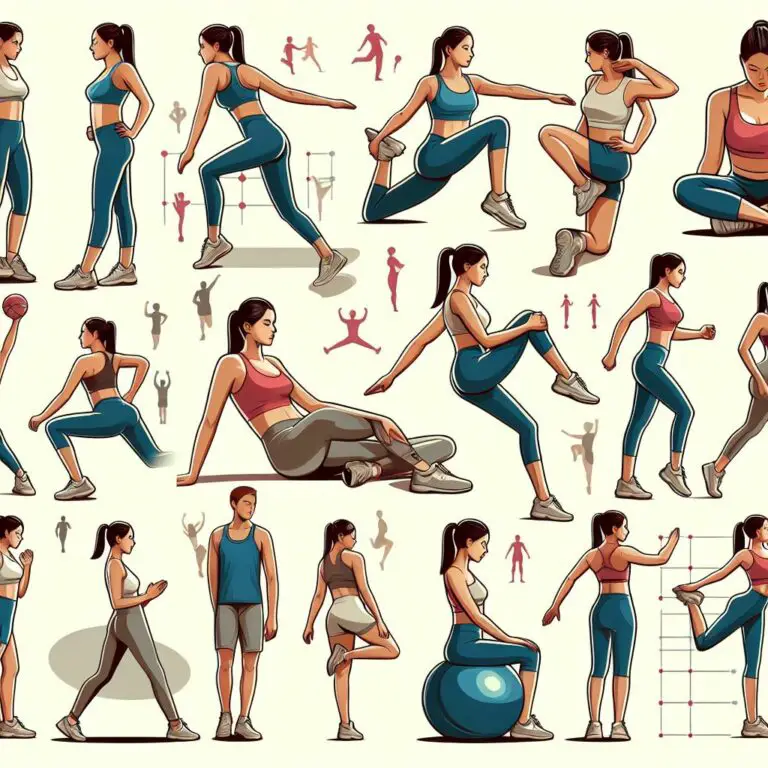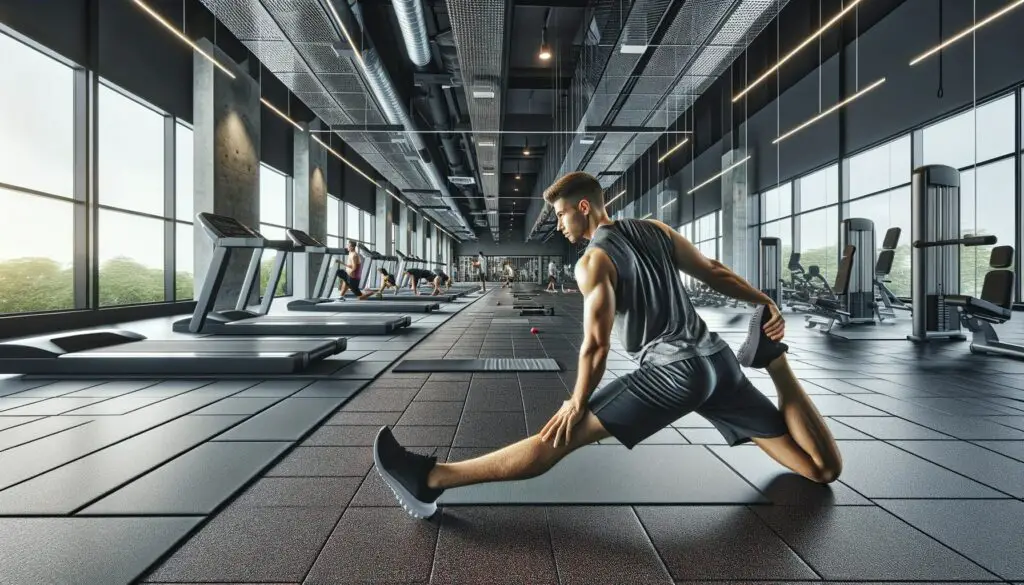In the hustle and bustle of modern life, the pursuit of productivity often takes center stage. As we navigate through a sea of digital devices, striking a balance between efficiency and mental well-being becomes crucial. In this quest for equilibrium, our choice of tools plays a pivotal role. In this article, we explore an often-overlooked aspect of productivity — the impact of iPad cases on mental health. Can something as seemingly mundane as a protective case contribute to stress-free productivity? Let’s delve into the possibilities.
The Impact of Digital Devices on Mental Health
Our dependence on digital devices has undeniably transformed how we live, work, and communicate. Smartphones, tablets, and laptops have become indispensable tools, seamlessly integrated into the fabric of our daily routines. However, this technological revolution brings with it a set of challenges that can significantly impact our mental health.
The constant connectivity facilitated by digital devices creates a sense of urgency and an expectation of immediate response. Emails, messages, and notifications demand our attention, blurring the lines between work and personal life. This perpetual state of connectivity can lead to burnout, anxiety, and a persistent feeling of being “on call,” even during leisure time.
Moreover, the sedentary nature of using digital devices for extended periods can contribute to physical health issues, including eye strain, headaches, and disrupted sleep patterns. The blue light emitted by screens has been linked to sleep disturbances, potentially exacerbating stress levels and impacting overall well-being.
The pressure to maintain a high level of productivity in the digital age also plays a role in mental health challenges. The expectation of multitasking, meeting tight deadlines, and the need to constantly adapt to technological advancements can contribute to stress and being overwhelmed.
Choosing the Right iPad Case
With its sleek design and multifunctional capabilities, the iPad has become an integral part of our digital arsenal. Yet, to truly harness its potential and contribute to stress-free productivity, you must consider the often-overlooked element of protection — enter the iPad case. Choosing the right case goes beyond mere aesthetics; it’s a strategic decision that can influence the longevity of the device and the overall user experience.
Durability and Functionality
Selecting an iPad case based on durability is akin to investing in the device’s future. Accidents happen, and a robust case protects against unexpected drops, spills, and bumps. A well-crafted case not only protects the external shell of the iPad but also safeguards its internal components, ensuring that it remains in optimal working condition.
Functionality is another critical factor. The right case should seamlessly integrate with the iPad’s features, allowing access to buttons, ports, and cameras without hindrance. Some cases, like the ZUGU Case, come with additional features such as built-in multi-angled stands, keyboard compatibility, magnetic mounts, Apple Pencil charge ports, and pencil holders, enhancing the overall utility of the device.
Style as a Personal Statement
While the primary function of an iPad case is protection, the style should not be overlooked. The aesthetics of the case can contribute to the overall user experience, creating a sense of personal connection with the device. Whether it’s a sleek, professional case for business settings or a vibrant, expressive one for personal use, the style of the case becomes an extension of the user’s identity.
Contributing to a Stress-Free User Experience
The right iPad case, when chosen thoughtfully, can be a game-changer for stress-free productivity. It acts as a reliable companion, protecting the device from the wear and tear of daily use. This, in turn, minimizes the potential stress associated with device malfunction, unexpected repairs, or the need for replacements.
Furthermore, the tactile experience of using a well-designed case can add a layer of comfort to the user’s interaction with the iPad. The feel of the material, the ease of holding the device, and the convenience of additional features all contribute to a positive user experience. By investing in the right case, users are not merely protecting a piece of technology but enhancing their daily interactions and fostering an environment conducive to stress-free productivity.
Ergonomics and Comfort
In the relentless pursuit of productivity, the physical toll exacted by extended device usage is often underestimated. Ergonomics, the science of designing products to enhance human well-being and performance, is a crucial consideration in this context. The design of iPad cases can significantly influence the ergonomic experience of using the device, impacting not only physical comfort but also mental well-being.
The Significance of Ergonomics
Ergonomics plays a pivotal role in reducing the risk of physical discomfort and musculoskeletal issues associated with prolonged device use. Poor ergonomics can lead to eyestrain, neck pain, and repetitive strain injuries. iPad cases that prioritize ergonomics contribute to a more comfortable and sustainable interaction with the device.
Features that Enhance Comfort
Many modern iPad cases are designed with features explicitly geared towards enhancing comfort. Adjustable stands, for example, allow users to position the iPad at an optimal angle, reducing strain on the neck and shoulders. Lightweight materials contribute to a more portable and user-friendly experience, preventing fatigue during extended periods of use.
A case that offers a secure grip is another ergonomic advantage. Users can hold the device more comfortably for extended periods, reducing the risk of dropping it and minimizing tension in the hands and wrists.
Reducing Physical Stress for Mental Well-being
The interconnectedness of physical and mental well-being is well-established. Physical discomfort or strain can increase stress levels and decrease cognitive performance. By choosing an iPad case that prioritizes ergonomics, users not only invest in their physical health but also contribute to stress-free productivity.
Imagine a scenario where the iPad is comfortably positioned at eye level, supported by an adjustable stand, and encased in a material that feels pleasant to the touch. This optimal setup minimizes the risk of physical strain and creates an environment conducive to focused and relaxed mental engagement.
Organization and Productivity Boosters
The clutter on our digital devices can mirror the chaos in our minds. A disorganized digital workspace can contribute to feelings of overwhelm and stress. This is where the right iPad case, with thoughtful organizational features, comes into play. Pockets for accessories, cable management solutions, and built-in stands can transform your iPad into a streamlined productivity hub. As we declutter our digital spaces, we create room for clearer thinking and enhanced focus.
In the journey toward stress-free productivity and improved mental health, every choice matters. The tools we use, including iPad cases, can either contribute to the stressors of modern life or act as allies in our pursuit of balance. From protecting the device to enhancing ergonomics, fostering organization, and allowing personal expression, the right iPad case goes beyond mere aesthetics. As we navigate the digital landscape, let’s choose tools that amplify efficiency and contribute to our overall well-being.









